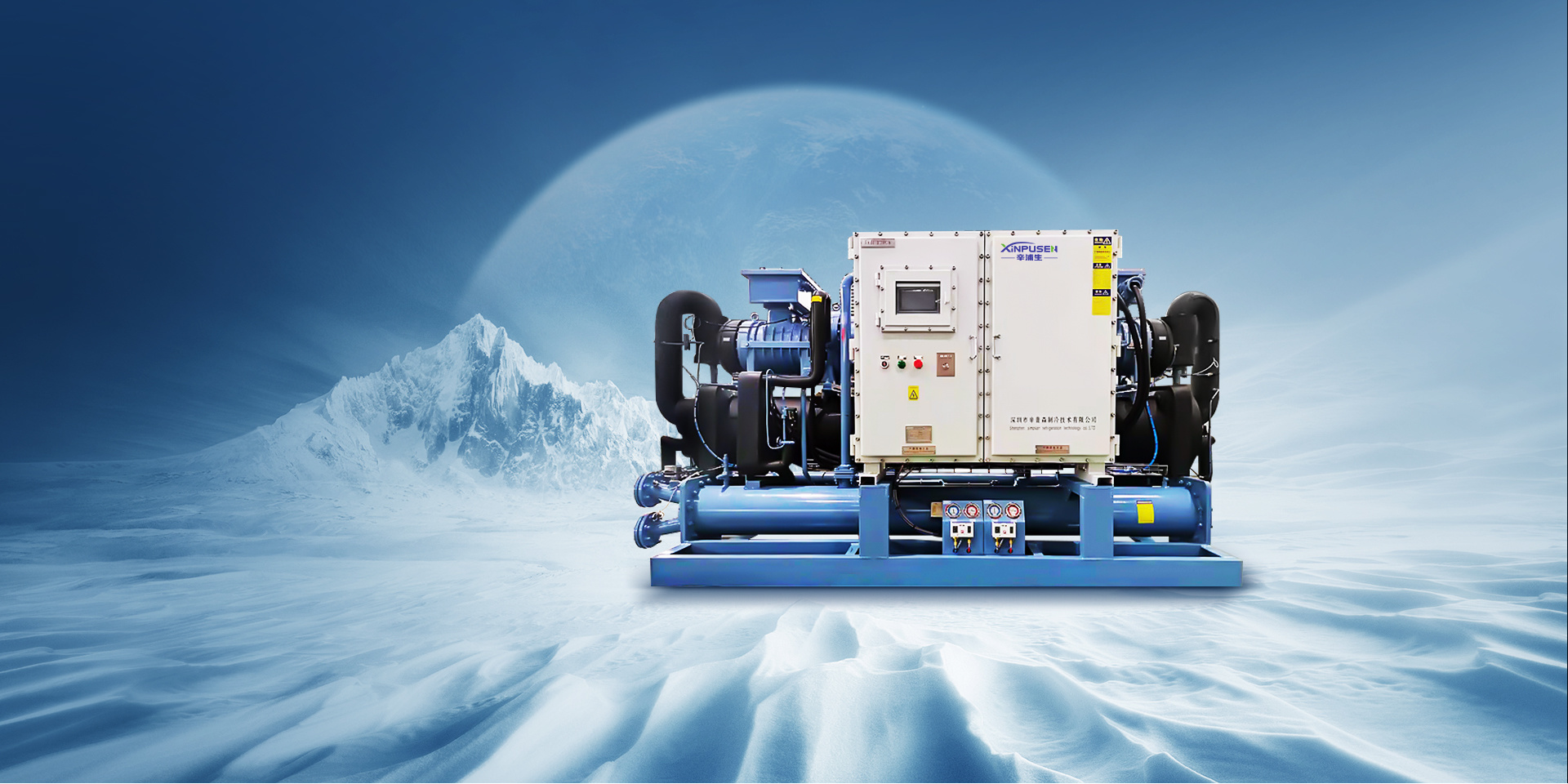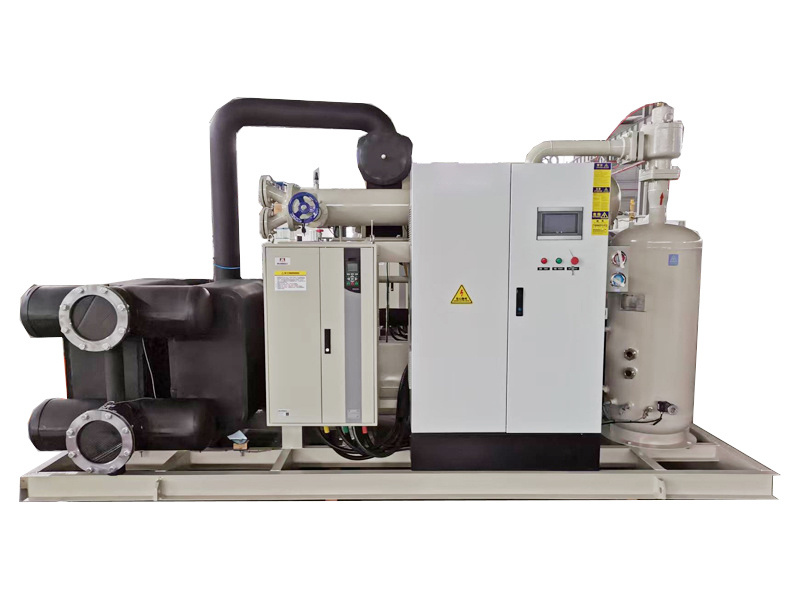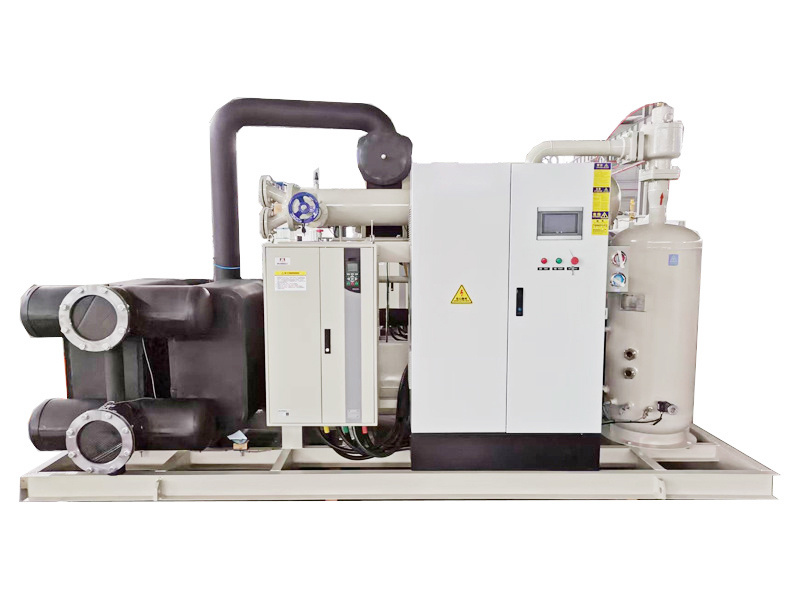8 Common Causes and Solutions for Water Leaks in Chillers - A Must-Read!
2025-01-23 09:32
The chiller can only operate normally if the water circulation, refrigerant circulation, and electrical control system are all functioning properly. If any part malfunctions, the chiller will not work properly, affecting production. If the chiller leaks, it usually occurs at the water pipes and their connections. Addressing it promptly is crucial for normal operation.
Let's take a look at the causes and solutions for chiller leaks. It's recommended to save this for future reference.
The chiller's water circulation system consists of the inlet pipe, evaporator, outlet pipe, water tank, chilled water pump, cooling water pump, condenser, and pipes and valves at various connections. If a leak occurs, it's likely to be in one of these parts. Let's look at how to solve chiller leaks.
1. Leaks at the chiller's inlet and outlet are typically caused by loose or broken bolts at the connection. Repair or replacement will resolve the issue.
2. Leaks in the chiller's evaporator housing require checking the welds for leaks. If found, they should be repaired by welding.
3. Leaks at the chiller's float valve, which uses buoyancy to control the water inlet valve, can be resolved by checking and adjusting the valve position. Replace or repair if damaged.
4. Leaks due to a hole in the internal condenser can be solved by locating and repairing the fault.
5. Leaks caused by overfilling the chiller's water tank, leading to cooling water fluctuations during operation, can be fixed by lowering the water level.
6. Leaks in the chiller's water tank may be due to rust at the welds, causing seepage. Rewelding is necessary for repair.
7. Leaks at the chiller's water pump usually indicate a problem with the shaft seal connection or damage. Replacing the pump shaft seal will solve the issue.
8. Prolonged tilting of the chiller can cause uneven stress on valves, pipes, and other parts, leading to damage and leaks. Ensure the chiller is placed horizontally according to specifications.
Minor leaks should be addressed by tracing the water to locate the leak point. Leaks in the water cooling system can lead to insufficient water flow, high-pressure compressor alarms, and other malfunctions. Untreated leaks can also cause water accumulation at the chiller's bottom, corroding the housing and potentially posing a safety hazard to electrical components. Therefore, any leak should be taken seriously.
If the cause cannot be identified, contact the chiller manufacturer for assistance from professional after-sales personnel. Follow their guidance, and do not attempt repairs blindly.
Previous: What should companies pay attention to when purchasing chillers? These 3 points are indispensable!
More Information
2025-10-27
Unlocking the Benefits of Ultra-Low Temperature Cascade Chillers in Industry
2025-10-20
china double-stage low temperature chiller
2025-10-20
Understanding Double-Stage Low Temperature Chillers: Efficiency and Applications
2025-10-13
Understanding the Benefits of a Double-Stage Low Temperature Chiller: A Comprehensive Guide
2025-10-27
Unlocking the Benefits of Ultra-Low Temperature Cascade Chillers in Industry









 CN
CN EN
EN



